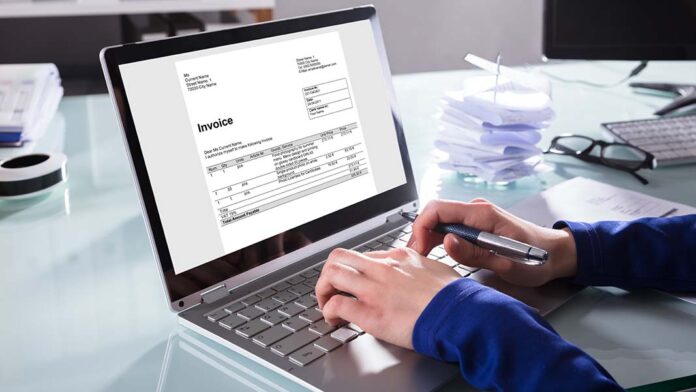
When starting your private business, it’s necessary to get acquainted with your legal obligations. One of them is the mandatory issuance of invoices when selling goods and services. And it doesn’t end only on its significance for the seller. If you’re also a buyer, the seller is obliged to issue you this document upon delivery and make sure everything went the way it should have.
Let’s say all this seems quite new and maybe scary to you – you’ll surely wonder how to create this piece of documentation in the most appropriate way. A professional-looking piece and complete process are important to leave a respectable impression on your partners. Second, it must contain all the information needed to be a valid document. In order to avoid problems when paying, it’s crucial to focus all your attention on the making concept.
With the help of this document, the turnover of a natural or legal person is recorded and the tax is calculated for each turnover transaction. With technological progress, the creation of invoices has been significantly facilitated as Microsoft Word is no longer the only tool that can help us create them.
Thanks to smartphones and numerous applications available to us, we can now create and issue invoices online from a device of our choice. Wherever you are at the moment, you might do that from a tablet, laptop, or smartphone.
All this is precisely the main reason why Billdu has experienced a huge expansion – no one wants to do it manually anymore when they can simply type a few things and get a perfectly generated physical piece of information. No struggle, no stress, no endless writing and typing, and counting.
And what should it consist of? Have a look at the points below and learn.
Table of Contents
Company name and logo
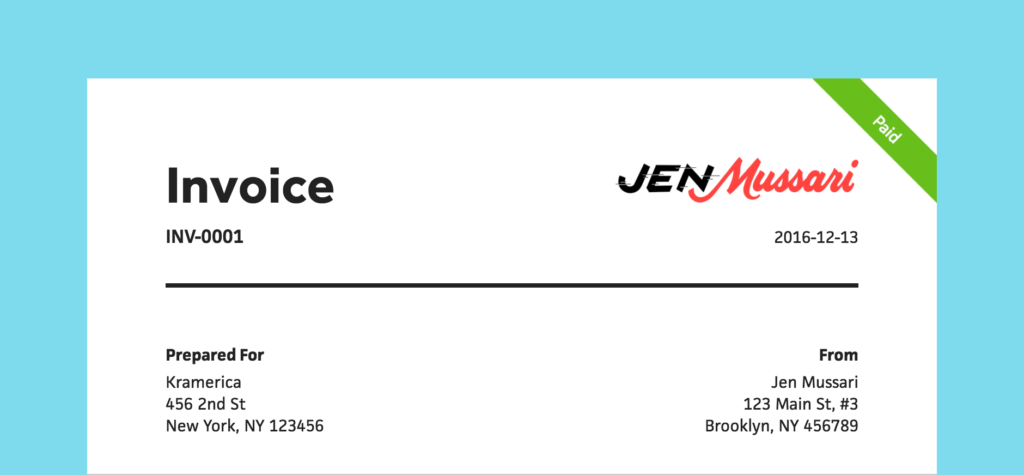
A well-designed name and logo play a big role in leaving a professional impression on clients, not only on the invoice but in all other ways of advertising. However, on this document, they should be highlighted in the upper left or right corner of the page. It should be a bold logo, with a striking design that people will easily remember – but that’s all up to you, and you’ll probably have it even before you start producing invoices.
Has the name printed in a large font to attract attention when you first look at the paper? The title should be short and concise and as easy to remember as possible.
This brings a good psychological effect, but the most fundamental part is that the client needs to know immediately whose invoice it is after only glancing at it. That’s called the effectiveness.
The name of the company must also contain the legal form – whether it represents a partnership, a limited partnership, a limited liability company, or a joint-stock company.
Information about companies and contact details
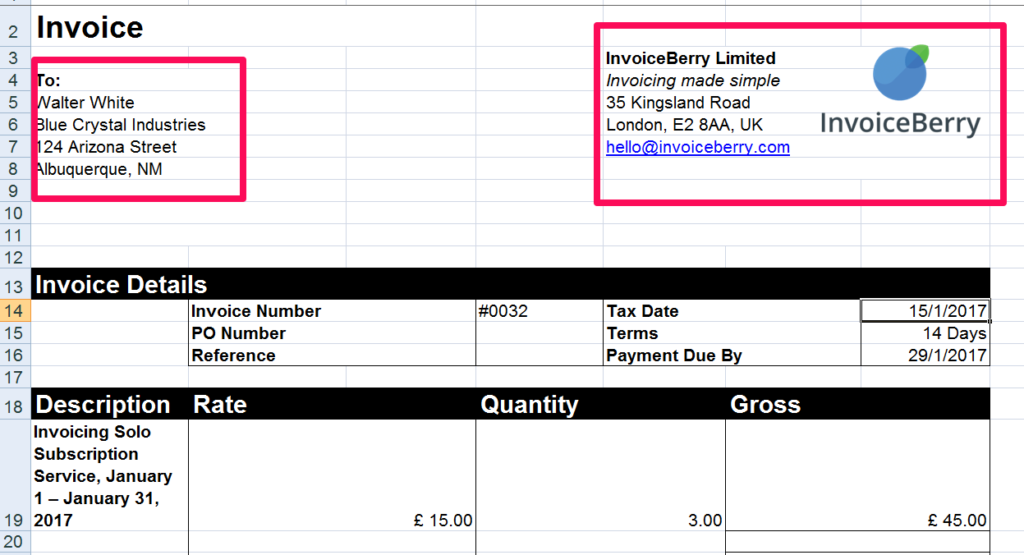
An indispensable part of the document is certainly information about both the company that sells and the company that buys goods or services. The elements that must be highlighted are, in addition to the name, the address where the company is registered, then PIB, and ID number. If these elements don’t exist on paper, the document isn’t valid and is legally unacceptable.
To be available to customers at all times, and for them to be able to contact you for any doubts and possible queries, it would be good to leave the official phone number and email address. This wouldn’t be a bad marketing move either, as in that way they might recommend you to some other people.
Place and date of issue, date of turnover and ordinal number
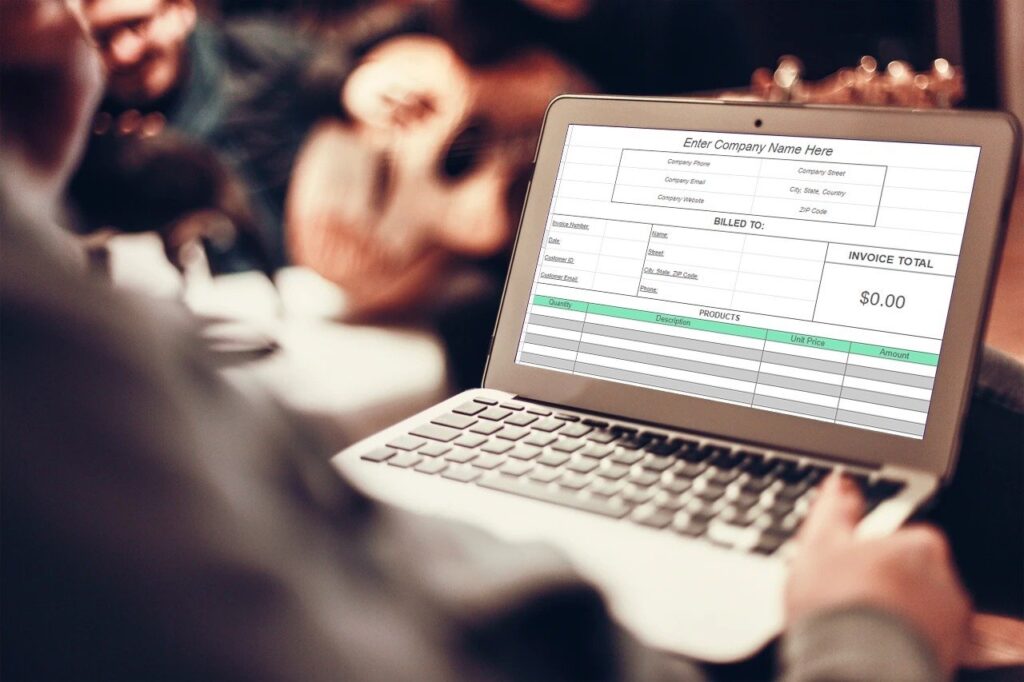
Be sure to indicate the place of issue, as well as the date of the issue. When the date of the issue and the date of the transaction differ, both dates must be indicated on the invoices, and it’s important that the date of the issue can’t go before the date of the transaction. Only an invoice issued at the end of the month for the successive delivery of goods or services doesn’t need to have a turnover date.
The ordinal number must be prominent and conspicuous. When paying electronically, this number has to be placed on the payment slip. For easier records, in agreement with the accountant, keep the numbers in an order that will be well organized to avoid losing documents.
The type and quantity of goods delivered or the type and scope of services
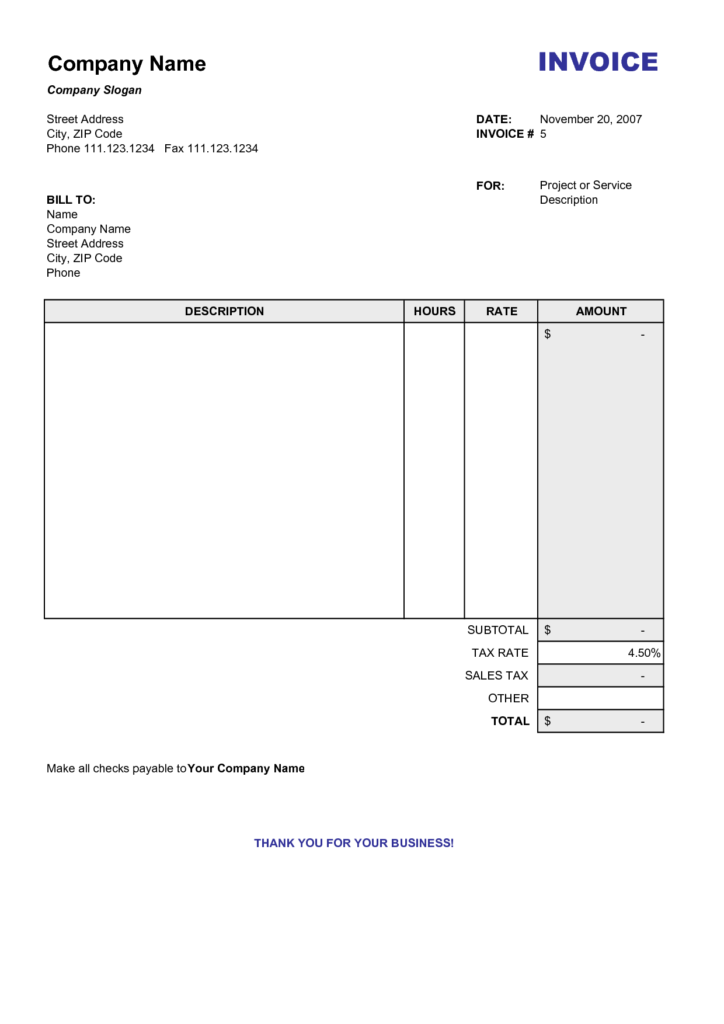
Below all the above items, you should have a linear or tabular presentation of the delivered products and all its characteristics. Customers usually do business with a lot of companies from which they buy diverse products. So if you don’t tell them exactly which products are in question, they may remain confused and won’t know what exactly they’re paying for.
The more details you point out, the more complete the invoice will be and you won’t have any disagreements or problems. You’ll avoid constant phone calls for additional explanations, which could only delay the payment process.
Write the exact name of the product, what quantity was delivered, and you can add some more details for a clearer explanation. Just try to be understandable and neat and not to compose just a pile of scattered data on paper.
Due date
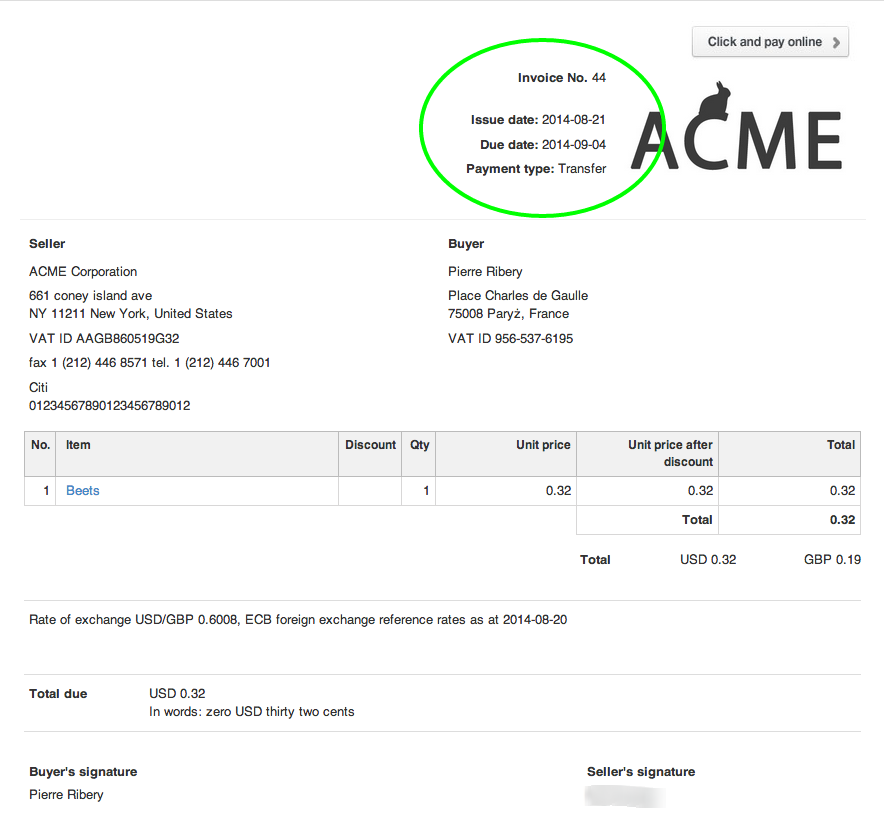
Each invoice must state the date when the payment is required. Set a deadline by which the customer should settle their debts. On the one hand, you leave them some time to organize their finances and prepare funds by the set deadline, and on the other hand, you protect yourself from the unwanted situation of waiting too long for payment. Make the date stand out with a larger font and bold so that no one can say they didn’t notice it.
This would be a professional way to tactically communicate that you want to get the money you have earned as soon as possible – but without being annoying. Any excessive delays could make your business more difficult. You might find yourself in a situation where you’re going to need money to pay salaries to workers, but you’ll have to be late because you don’t have enough financial resources. Your workers and your company don’t have to suffer because of the irresponsibility of others, right?
The base amount, VAT calculated on the base and discounts
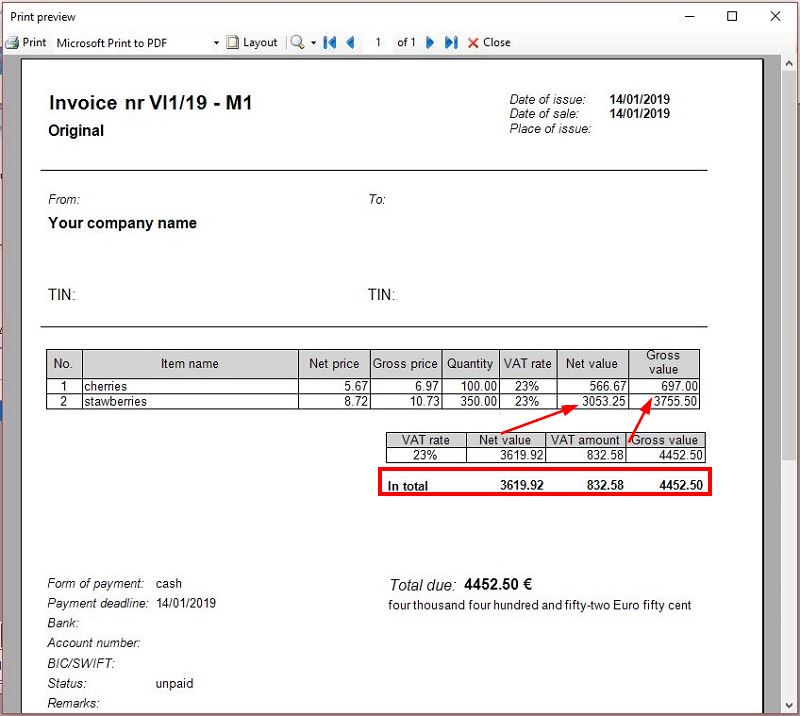
In the end, the essential part is to emphasize the price or the total amount to be paid. Sum up all product amounts from the tabular or linear display and bold the price to make it clearer what to look for. You can traditionally do this with the help of a calculator, but this is mostly obsolete and now good software is the ‘servant’ that does it for you.
It’s assumed that you have included tax in the final price if you are part of that system. In a circled box at the bottom of the page, explain to the customer if you have given them a discount on the goods and in that way make it clear what kind of privileges they had in order to make them come to you next time.
Final note
In the end, a personalized message at the end can help you make a nice impression – by doing so, you may encourage them to settle their obligations more quickly and gain respect for you. Explain briefly the discount scheme you’re providing and some other attractive offers – this might intrigue them even more.
You can use this section for other purposes as well. Draw their attention to the legal obligations they have towards you, as well as the sanctions that they’ll experience in case they don’t comply with them. But try not to overemphasize it so as not to drive them away.







